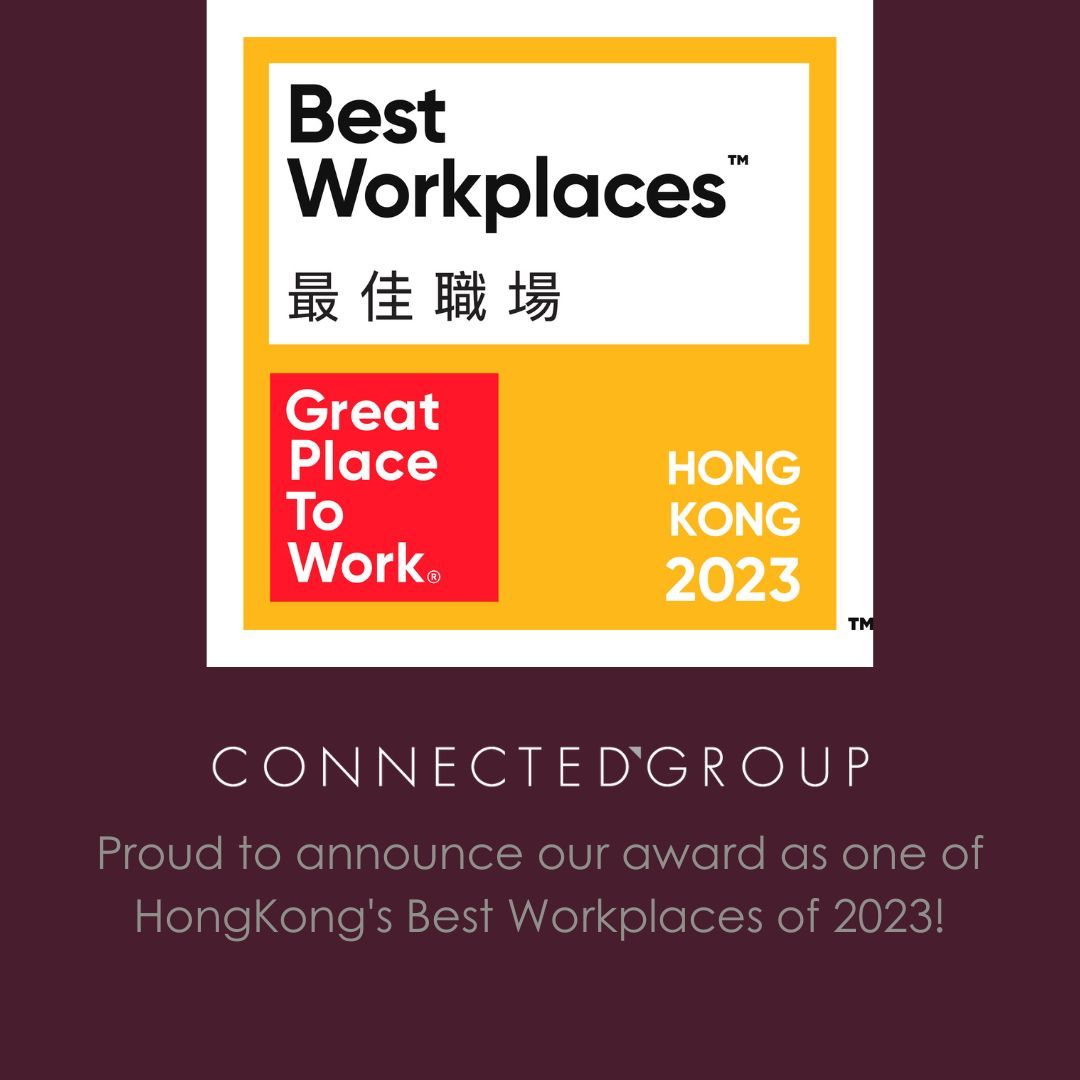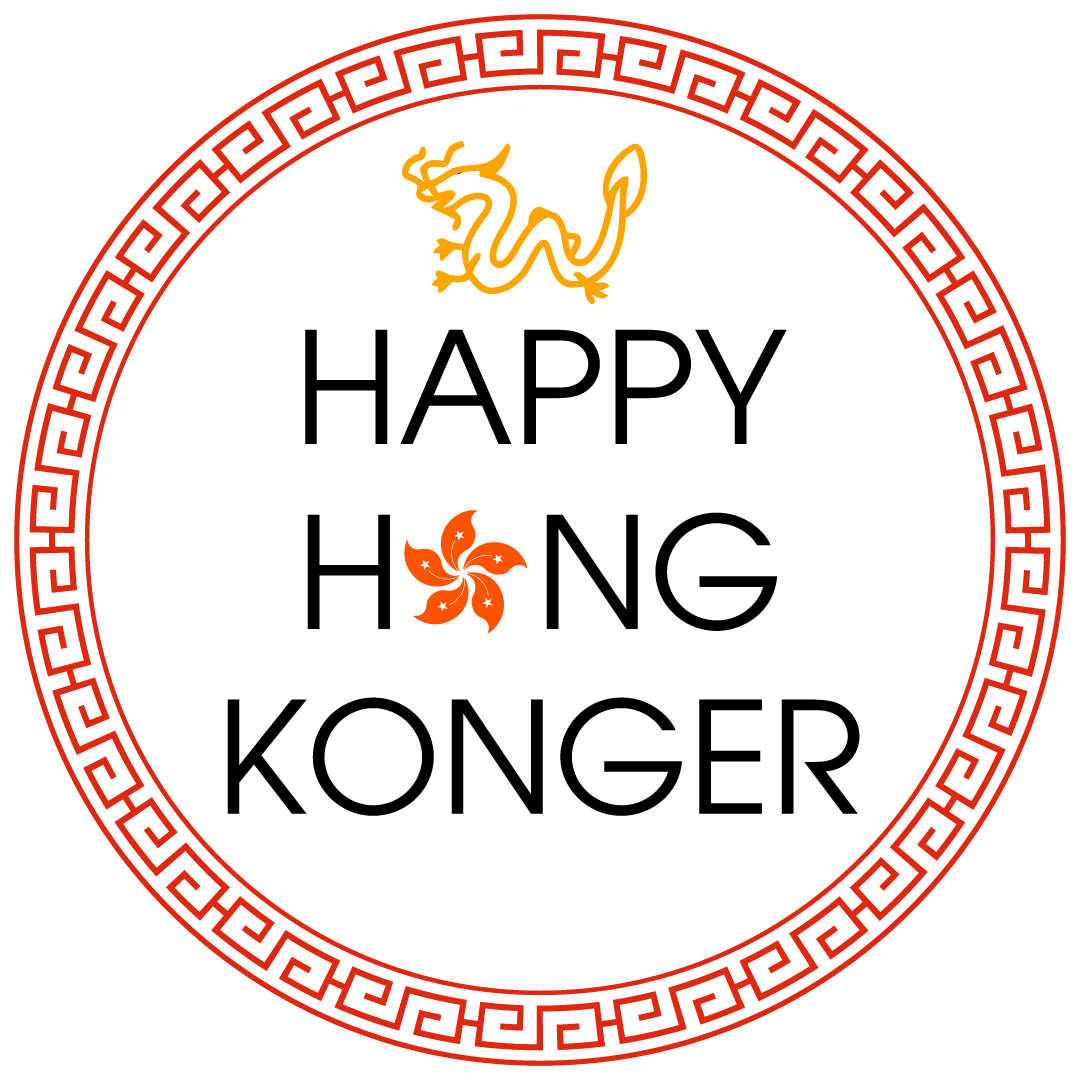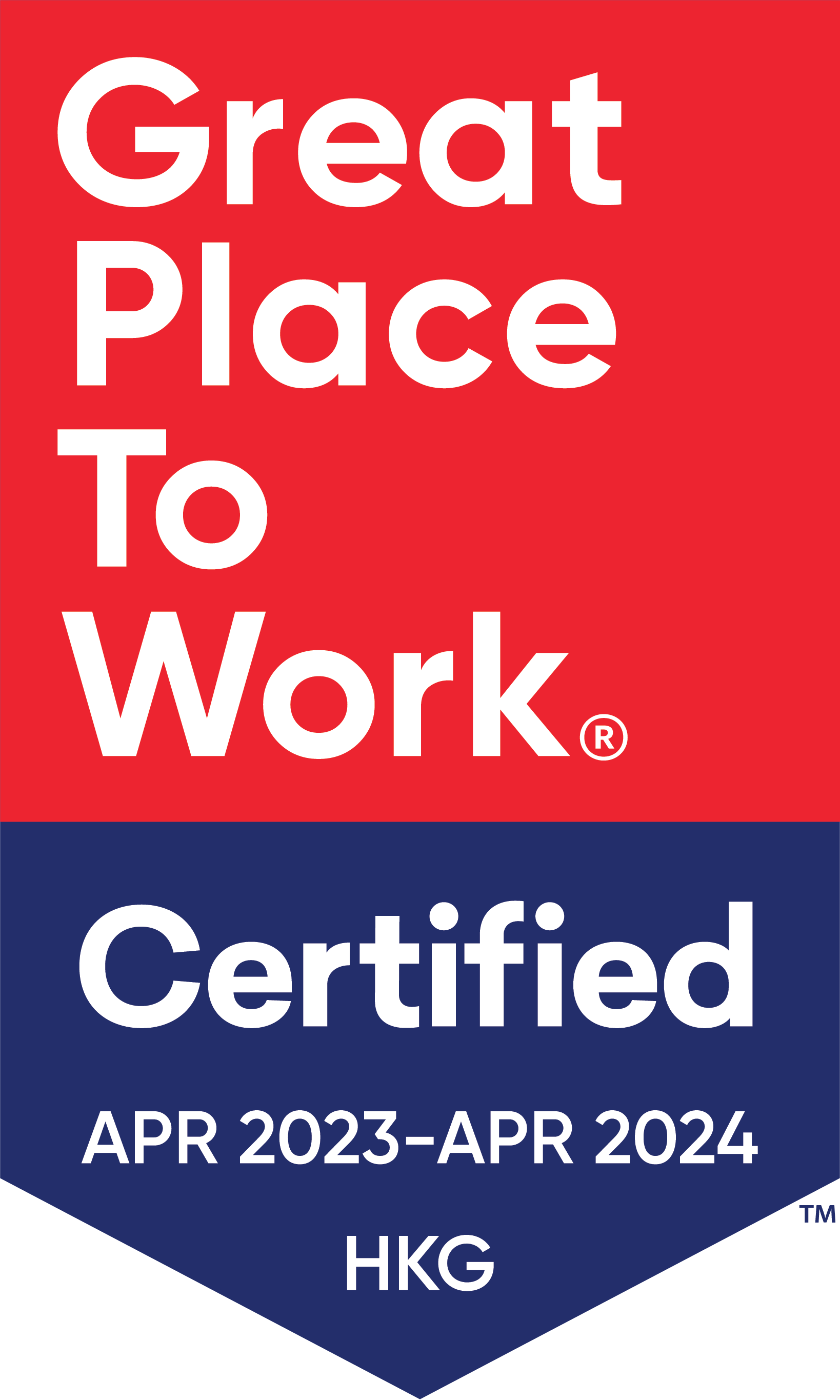Navigating the workforce revolution: From resignation to retention

In the wake of the pandemic, the job market was thrown into chaos, leading to what we now call the ‘Great Resignation’. Here we explore this mass exodus, the reasons behind it, the subsequent ‘Great Reshuffle’, and the current trend of the ‘Big Stay’, shedding light on the evolving dynamics between employers and employees.
The Great Resignation - 2020 & 2021
During the pandemic, the job market was full of uncertainty and mass layoffs; millions lost their jobs, and those who remained employed clung to their roles. However, as soon as life started to return to normal, unexpected shifts occurred that shocked the employment market.
Millions of people around the globe started to voluntarily resign from their jobs, leading to the phenomenon known as the
Great Resignation - a term coined by organizational psychologist Anthony Klotz. It really began with a socio-phenomenon – grief, anxiety and the realisation that life was short which made people re-evaluate their personal and professional lives.
Professionally, the reasons behind this mass exodus were varied. The Personio study highlighted that more than half of those planning to quit cited a reduction in benefits, worsening work-life balance, or toxic workplace culture. Additionally, a Pew Research Center survey found that low pay (63%), lack of advancement opportunities (63%), and feeling disrespected at work (57%) were significant factors. Childcare issues (48%), lack of flexibility in work hours (45%), and inadequate benefits (43%) were also notable reasons.
A Microsoft survey of over 30,000 global workers revealed that 41% were considering quitting or changing professions within 2021. In the US, April 2021 saw a record-breaking four million resignations, according to the Department of Labor. These rates were particularly high among mid-career employees and were most pronounced in the technology and healthcare industries.
In Hong Kong, the Great Resignation was similarly impactful, with a significant portion of the workforce reevaluating their life priorities and career choices. A survey by Cigna revealed that 37% of employees in Hong Kong had changed jobs in that past year, driven by a desire for better work-life balance and more meaningful work. Additionally, nearly 90% of respondents in Hong Kong reported feeling stressed, with 19% finding this stress unmanageable, highlighting the intense pressure facing the workforce.
The Great Reshuffle - 2022
‘The Great Resignation’ created a high volume of job openings and staff shortages in some industries and functions. Now people sought “a greater ability for people to fit work into their lives, instead of having lives that squeeze into their work.” – Anthony Klotz. During this period, it became incredibly difficult to retain top talent, and the ‘war for talent’ resurfaced in earnest. As a frantic response, companies started to (in retrospect) over-hire and lure employees with premium packages.
Later it became clearer that rather than quitting the workforce altogether, many employees had left to find something more fulfilling that aligned better with their values and lifestyle choices. They carefully chose opportunities that gave them the right pay, benefits and work arrangements in the longer term. Some people completely switched their professions, and some set up their own businesses. Thus, this reshuffling of the workforce led Anthony Klotz to coin “The Great Reshuffle.”
The Big Stay - 2023 Until Today
The coming of 2023 brought the era of the ‘Big Stay’. It says something about the way that we have all perceived the passing of time since the pandemic that we so easily call these trends ‘Eras’!
Contrasting what was going on 2021-22 where around 4 million workers globally were quitting their jobs, the ‘Big Stay’ denotes the intention of workers to remain in their current jobs for an extended period. The chief architect of this trend is the grim blend of geopolitical tensions along with unfavourable economic conditions.
Shift in Power dynamics
The current economic circumstances have pushed companies towards cost-cutting measures including mass layoffs. They are essentially “rightsizing” the organisation after the over-hiring of 2022 as we highlighted in our 2024 Q1 Talent Insights Report. Hence, with low demand, the labour supply in the market has been on the increase. This puts employers in a leveraged position where current employees are fighting to keep their jobs. Moreover, switching jobs (which previously came with a promise of a significant pay bump) is now a less attractive and risker option. As expected, given the decline in opportunities, wage increases are notably modest.
This shifting power dynamic is well represented in this graphic by EY:
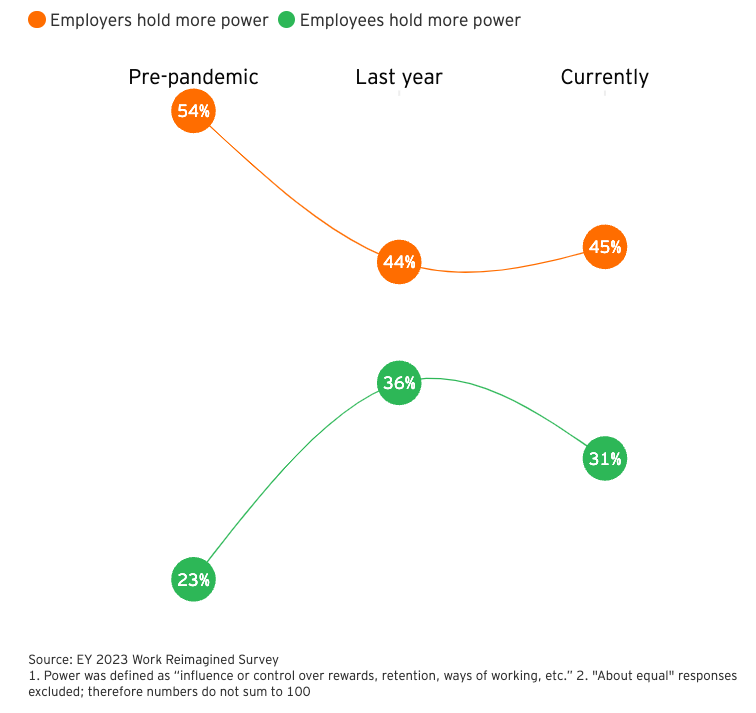
The Opportunity Cost is Too High
Better a known danger than an unknown ~ At this uncertain time, some may seek comfort and stability in staying where they are rather than entering the unknown. Fewer available opportunities, fear from seeing colleagues laid off, and stories of retraction of contracts has made the employees extra cautious towards taking these steps. During this time, we also see the increase in competition coming from more experienced staff for more junior positions – creating competition from graduate level and up.
Moreover, now that the premiums to jump ship are not being paid, the smaller pay raise does not justify the stress of job hunting and the risk of accepting a position that may not work out.
Enhanced Employee Value Proposition
The ‘war for talent’ during the pandemic gave the organisations a wake-up call and navigated them towards creating an improved employee value proposition (EVP). The EVP is the unique value that an employer offers to its employees in exchange for their skills, experience, and commitment to the company. It encompasses various components: salary, benefits, rewards, career development opportunities, work-life balance, and organisational culture.
If we look at particularly Hong Kong, according to the Census and Statistics Department of Hong Kong, starting from 2019, the social unrest and the pandemic caused the nominal wages (payroll offered by the company) to continuously decline. It was from Q1 – 2021, the beginning of the talent war, that the payrolls started to rise. A year later, knee-deep into the crisis, the payrolls saw a rather steep upward trajectory that has not decreased since.
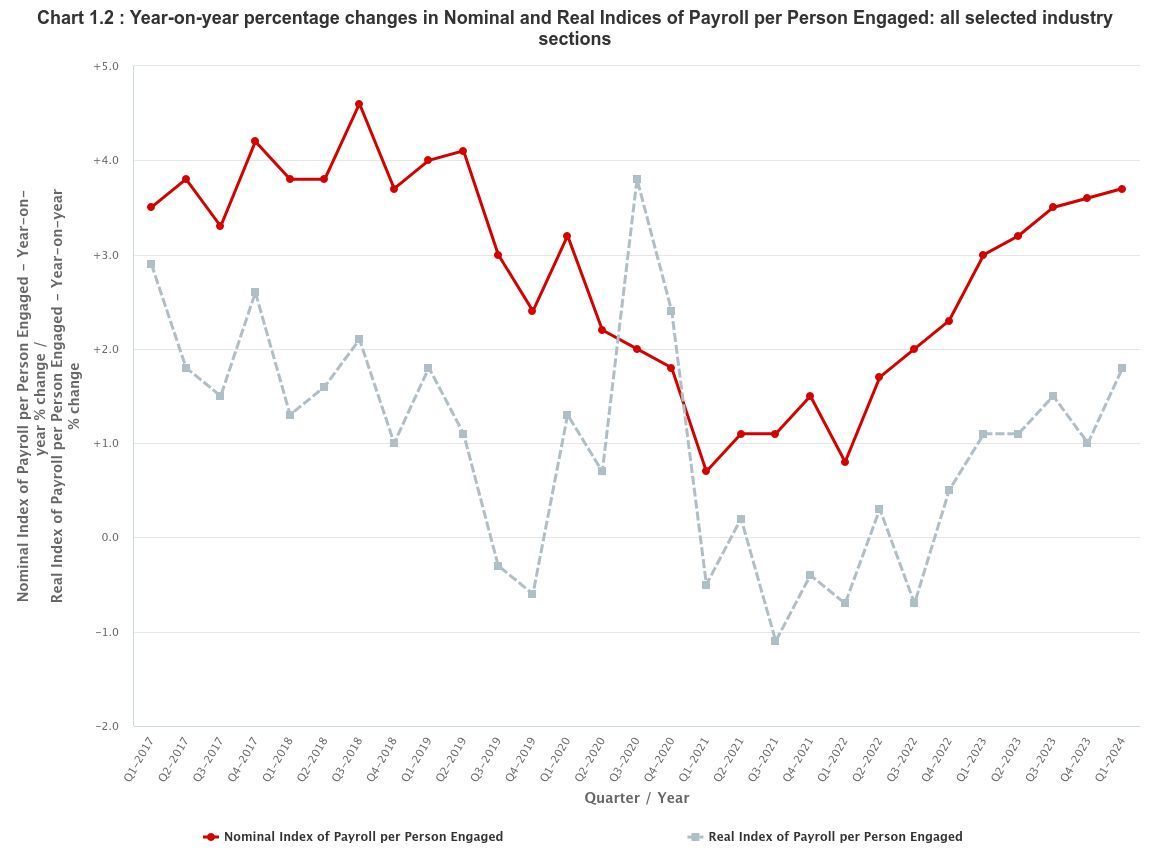
Additionally, the EVP includes intangible aspects like the company’s values, mission, and social purpose. As people started to re-evaluate their values, the leadership had to reevaluate themselves as well. Aligning employees with the company’s internal (operational) and external (social) values, especially among millennials and Gen Z became crucial. Those that achieved positive alignment saw reduced turnover rates as employees felt a sense of belonging and commitment towards the cause of the company.
ConnectedGroup’s Predictions
Something that got missed in many reports and surveys that quoted the impact of the ‘Great Resignation’ was the reason why Anthony Klotz was able to predict this wave. A couple of years before the pandemic, he was wary of poor health, toxic work cultures, and the stress and anxiety-induced burnouts that the workforce was facing. Hence, the potential of resignations were on a visible horizon. However, the sudden arrival of the pandemic cast a shadow of uncertainty. Under the looming uncertainty around income stability and future opportunities, the still-employed workforce hunkered down and prioritised a stable paycheque. As the pandemic passed, the grief and anxiety experienced then fuelled people to re-evaluate their lives and determine what they truly desire out of their profession. Once the discrepancy and discontent were fully realised, people started walking out of the door. Moreover, Klotz was spot on with calling the turnover “contagious,” - if a colleague walks out of the door, others are prompted to evaluate their circumstances.
Akin to what happened previously, we see that the pattern is likely to repeat itself. Economic uncertainty and its consequences are largely holding the talent in place right now. However, when the market picks up, the pattern of resignations and the talent war will repeat itself which will be exacerbated unless organisations commit to taking some proactive and sustainable talent retention measures.
Our prediction is backed by the recent findings of PWC’s 2024 Global Workforce Hopes & Fears Survey. In 2024, more employees are contemplating quitting than during the ‘Great Resignation’ in 2022. The proportion of employees considering switching employers within the next 12 months increased from 19% in 2022 to 28% in 2024.
Interestingly, 56% of the participants reported that they were moderately or very satisfied with their current job and only 13% were moderately or very dissatisfied. This statistic is of particular importance as it signifies that job satisfaction now is not synonymous with loyalty towards the company. If the ‘Great Resignation’ and ‘Great Reshuffle’ have taught us one thing, it is that workers are ultimately determined to meet their career goals. Thus, when the economy returns to normal and multiple opportunities open up, the ‘war for talent’ will be quickly resuscitated. The employers that emerge victorious will be the ones who take a pulse check within their organisations today and implement retention schemes to prevent the challenges of tomorrow.
In conclusion, as we have navigated and explored through the different eras, it becomes clear that the job market is in a constant state of flux. The lessons from the ‘Great Resignation’ and the ‘Great Reshuffle’ highlight the importance of aligning organisational values with employee expectations. Companies that proactively address these challenges will be best positioned to retain top talent and thrive in the ever-changing landscape of employment.
If we can support with our HR consulting, wellbeing or executive search & recruitment services then please reach out for a conversation.
Tel: +852 3972 5888
Email: infoHK@connectedgroup.com
Report written by Aadya Kapur & Mathew Gollop
Recent Articles











We look forward to connecting with you
Location
ConnectedGroup Ltd
Unit 2708, Level 27, Wing On Centre
111 Connaught Road, Central
Sheung Wan, Hong Kong
Specialisations
Quick Links
Sitemap |
Privacy Policy | Terms & Conditions |
Candidate Service Agreement | EA license number 75933 as provided by the Labour Department


